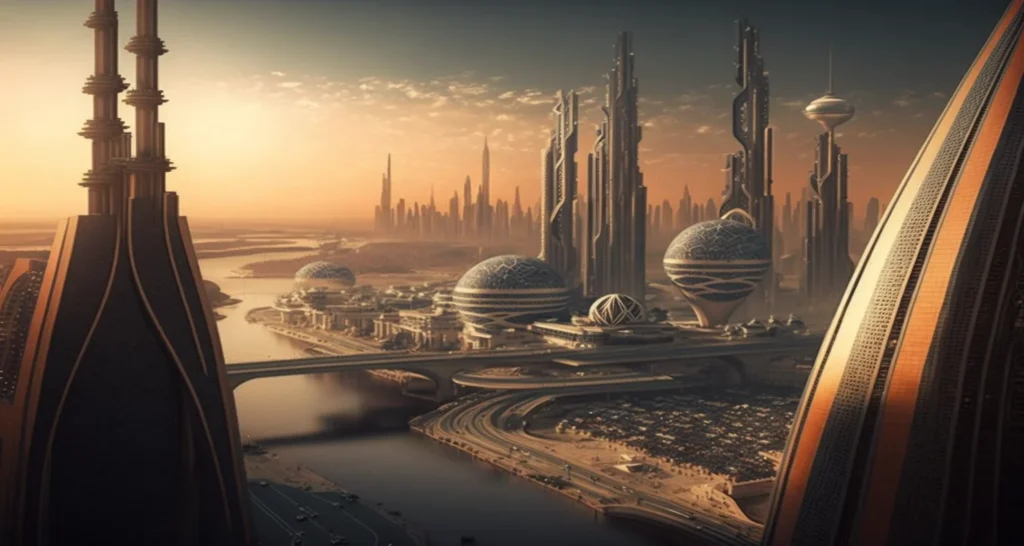Today, almost half of the world’s population lives in cities and the number of urban residents is constantly increasing.
All this, on the one hand, creates an increasing load on the urban infrastructure (transport communications, utilities and rescue, and services), on the other hand, increases the psychological burden on the citizens (loss of time for moving, psychological discomfort, security). Citizens want a comfortable and safe life, and in return receive a waste of time and stress associated with isolation from live nature. It is unlikely that anyone will dispute the assertion that prolonged exposure in the premises of glass and concrete exhausts a human person, while even a few hours of contact with wildlife bring him cheerfulness and clarity of thinking. That is why megacities all over the world are making considerable efforts to find space for green plantations among concrete jungles and in such a manner improve the quality of citizens’ life. To cope with the growing problems of living in large cities, the concept of a smart city has emerged. Since so far there is no stable terminology for this concept, therefore, other terms could be found on the Internet such as a digital city, an information city, cyber ville, knowledge-based city, Mesh city, telicity, wired city, and so on.
Early concepts of “smart city” were focused on creating a comprehensive urban infrastructure, managed from a single center. However, the advent of the Internet has completely reversed the notion of urban infrastructure management. It turned out that the Internet can take away the primary function of local authorities the organizer of the townspeople’s life. The Internet allows the creation of an environment that encroaches on the basic principles of vertical city government. The very possibility of directly connecting people or devices stimulates the emergence of new patterns of behavior, connecting people and devices directly. The appearance of new human behavior models, in turn, changes the initial configuration of the “smart city”.
Initially, the concept of a smart city was based on the ideology of intelligent management of urban infrastructure. The city becomes Smart City when, based on the analysis of information about the processes occurring in it, certain actions are automatically taken to make the life of the townspeople more comfortable and safe. However, in reality, every city dweller sees the smart city in different ways depending on his personal priorities and values. For some, a smart city is, first of all, reliable and fast transport, and for a person with “green” values, these are primarily islands of wildlife with renewable energy sources. If you consider a smart city, as a service, then the ideal city should be tailored to meet the needs of each participant in urban life, but until now the ready solutions are offered only with an orientation to certain groups of the population.
Ready-made models of the smart city are based on the integration of all aspects of human life within the city. A smart city is not a perfectly adjusted machine, but rather a living organism “in which digital telecommunications networks (nerves), sensors (senses) and software (brains) are combined”. Based on Frost & Sullivan’s study published in 2013 Sarwant Singt has identified eight key aspects of Smart City: smart governance, smart energy, smart building, smart mobility, smart infrastructure, smart technology, smart healthcare, and smart citizen (the figure below shows the constituent elements of a smart city). Of course, each of these aspects, in turn, could be presented as a system solution with a detailed description of the individual elements, but this is not the purpose of this article.
In reality, now there are cities, that introduced only two or three of the above parameters, like Nice in France, and thus significantly improved the quality of life of citizens. There are also fully innovative ready-made solutions such as Masdar City, the construction of which was initiated by the UAE government is located 17 km from the Abu Dhabi capital. This is one of the most prestigious projects in the world, focused on sustainable development, which accelerates the implementation of a new economic sector of green industries. So it is quite possible that someday all cities will be like Masdar. But always there is another side of the coin, people who have visited this city do not feel very happy, but rather vice versa. Living in conditions of constant consumption of ready-made solutions, city residents stop taking initiative, become passive and even lose the taste of life. Does this look like living in the city of our dreams? According to the forecast in 2025, we will have around 26 global Smart Cities with at least five features of the eight aforementioned parameters.
What will be the smart cities in the future? How to maintain a balance between the total control of urban infrastructure and the right of residents to privacy. Today, analysts are still discussing many proposed models and possible ways of transitioning to Smart City. At the same time, there are already working information technologies that combine intelligent data analysis with pre-designed algorithms and predictive analytics using machine learning. If we look around, we can see that we live among various automated systems that operate within the urban infrastructure framework. So, the main goal is that the introduction of “smart cities” has turned into an instrument for the sustainable development of humankind, and not in automated chaos or, even worse, the complete subdual of man to artificial intelligence.
One of the difficulties of moving to new technologies is a lack of understanding of how much data volume is needed to successfully manage the city and how much data already exists. Most of the data available today are “blind data” that computers can store and reproduce, but do not know how to use them. In addition, there are significant risks of gaining access to city intelligent devices of intruders who can easily manipulate the logic of the system, and then scenarios of Hollywood disaster films can become a reality.
Perhaps the creation of “smart cities” should start not with the big system decisions and not from scratch, but with the creation of individual green channels in major urban centers. Now in many models, the concept of a smart city is not identical to the concept of a green city, but these two concepts for the comfort of city residents should harmoniously combine into one. Summing up, I want to stress that the standards of smart living within one city are better practiced in the process of tactical experiments and testing of point solutions.
Lastly, to introduce an innovative infrastructure on a city scale, considerable capital investments from local budgets are needed. Therefore, new schemes of financing “smart cities” should arise by using of vendor funds, joint ventures, and even crowdfunding. The main challenge is to adjust the financing structure in such a way as to finance the various stages of projects taking into account the interests and values of all stakeholders.













